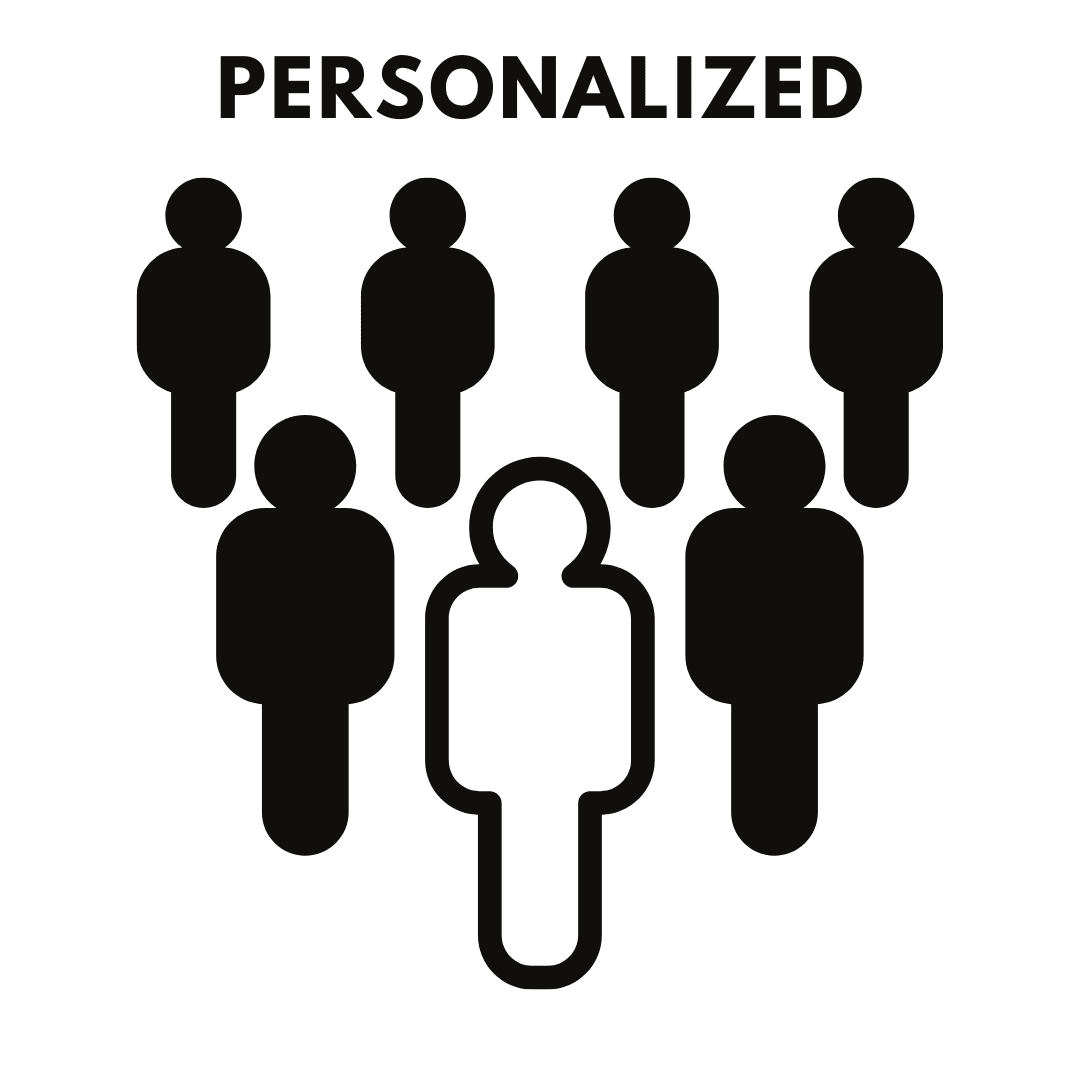In recent years, artificial intelligence (AI) has emerged as a powerful tool for various industries, including the nonprofit sector. One particular branch of AI, generative AI, has gained significant attention for its ability to create content, designs, and solutions tailored to individual needs. In this blog post, we will explore how generative AI is benefiting nonprofit businesses and organizations by enabling tailored and personalized approaches to their operations, fundraising, and community engagement.

Enhancing Fundraising Efforts: Nonprofit organizations heavily rely on fundraising to sustain their operations and support their causes. Generative AI offers unique opportunities to revolutionize the fundraising landscape. AI-powered algorithms can analyze vast amounts of data to identify potential donors, assess their preferences, and craft personalized fundraising campaigns. By tailoring messages and content to individual donors, nonprofits can significantly improve their engagement rates and increase the chances of securing financial support.
Customized Communication and Outreach: Effective communication lies at the heart of successful nonprofit operations. Generative AI tools, such as natural language processing and sentiment analysis, enable organizations to gather insights from large volumes of unstructured data, including social media posts, surveys, and feedback forms. By harnessing this data, nonprofits can gain a deeper understanding of their target audience and tailor their messages accordingly. Whether it's creating personalized email newsletters or crafting social media content, generative AI empowers nonprofits to connect with their supporters on a more individualized level.
Personalized Program Development: Nonprofits often develop programs and initiatives to address specific social issues or serve particular communities. Generative AI can assist in designing tailored programs by analyzing demographic data, historical patterns, and user preferences. By leveraging this technology, organizations can create initiatives that precisely cater to the needs of their beneficiaries. This approach enhances program effectiveness and increases the likelihood of achieving positive outcomes.
AI-Driven Data Analytics: Data plays a crucial role in nonprofit decision-making. Generative AI algorithms can analyze vast amounts of data to identify patterns, trends, and correlations that may not be apparent to human analysts. By gaining deeper insights into donor behavior, program impact, and operational efficiency, nonprofits can optimize their strategies and allocate resources more effectively. Generative AI also helps organizations forecast future trends and make informed decisions that align with their mission and goals.
Adaptive Problem Solving: Generative AI offers nonprofits the ability to tackle complex challenges with adaptive problem-solving techniques. AI algorithms can generate multiple solutions, test their viability, and refine them based on feedback loops. This iterative process allows nonprofits to explore innovative approaches, address unforeseen obstacles, and continuously refine their strategies for maximum impact. By embracing generative AI, organizations can become more agile and responsive to the ever-evolving needs of their communities.
Enhancing Fundraising Efforts: Nonprofit organizations heavily rely on fundraising to sustain their operations and support their causes. Generative AI offers unique opportunities to revolutionize the fundraising landscape. AI-powered algorithms can analyze vast amounts of data to identify potential donors, assess their preferences, and craft personalized fundraising campaigns. By tailoring messages and content to individual donors, nonprofits can significantly improve their engagement rates and increase the chances of securing financial support.
Customized Communication and Outreach: Effective communication lies at the heart of successful nonprofit operations. Generative AI tools, such as natural language processing and sentiment analysis, enable organizations to gather insights from large volumes of unstructured data, including social media posts, surveys, and feedback forms. By harnessing this data, nonprofits can gain a deeper understanding of their target audience and tailor their messages accordingly. Whether it's creating personalized email newsletters or crafting social media content, generative AI empowers nonprofits to connect with their supporters on a more individualized level.
Personalized Program Development: Nonprofits often develop programs and initiatives to address specific social issues or serve particular communities. Generative AI can assist in designing tailored programs by analyzing demographic data, historical patterns, and user preferences. By leveraging this technology, organizations can create initiatives that precisely cater to the needs of their beneficiaries. This approach enhances program effectiveness and increases the likelihood of achieving positive outcomes.
AI-Driven Data Analytics: Data plays a crucial role in nonprofit decision-making. Generative AI algorithms can analyze vast amounts of data to identify patterns, trends, and correlations that may not be apparent to human analysts. By gaining deeper insights into donor behavior, program impact, and operational efficiency, nonprofits can optimize their strategies and allocate resources more effectively. Generative AI also helps organizations forecast future trends and make informed decisions that align with their mission and goals.
Adaptive Problem Solving: Generative AI offers nonprofits the ability to tackle complex challenges with adaptive problem-solving techniques. AI algorithms can generate multiple solutions, test their viability, and refine them based on feedback loops. This iterative process allows nonprofits to explore innovative approaches, address unforeseen obstacles, and continuously refine their strategies for maximum impact. By embracing generative AI, organizations can become more agile and responsive to the ever-evolving needs of their communities.
Generative AI is transforming the way nonprofit businesses and organizations operate, enabling tailored and personalized approaches in various aspects of their work. From fundraising and communication to program development and data analytics, AI-powered solutions offer new avenues for nonprofits to engage with their supporters, serve their communities, and achieve their social missions more effectively. As this technology continues to evolve, it holds the potential to unlock even greater possibilities for positive social change. By embracing generative AI, nonprofits can harness its power and create a lasting impact in their respective fields.
